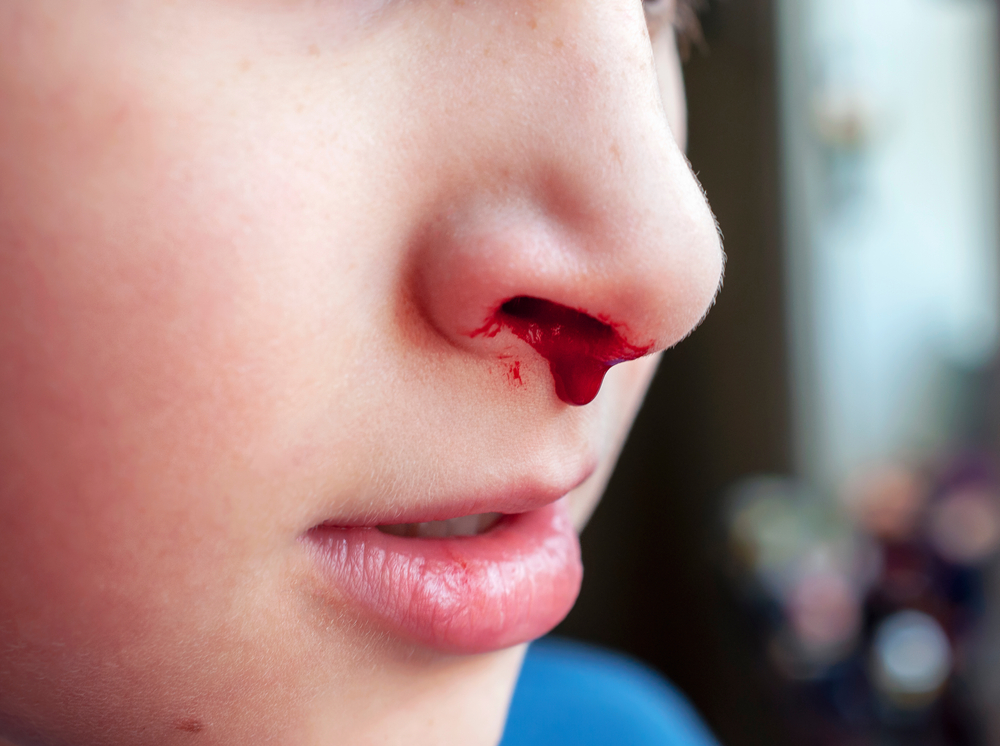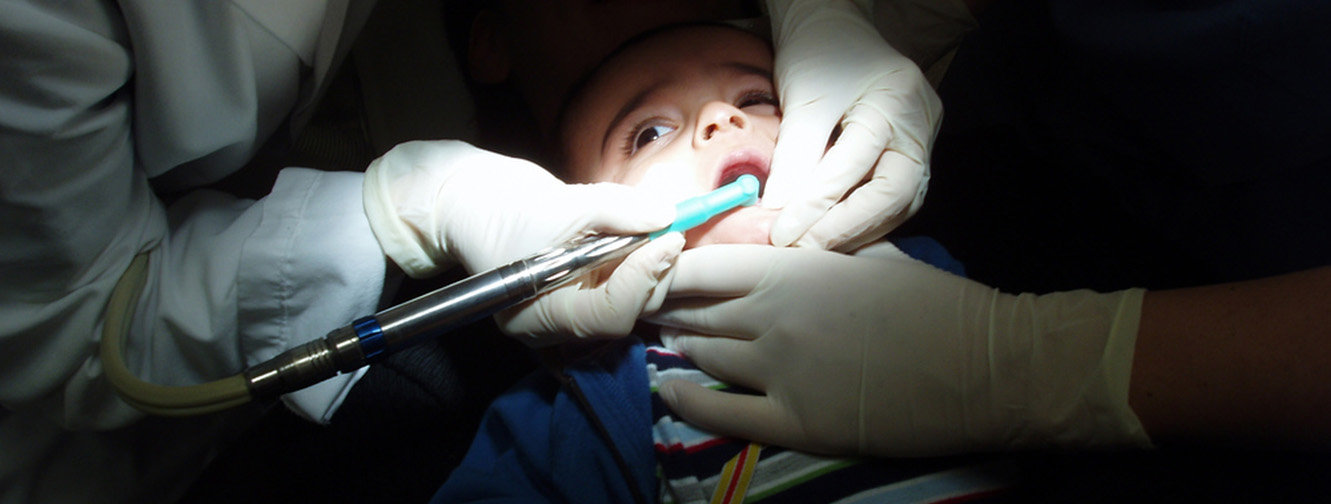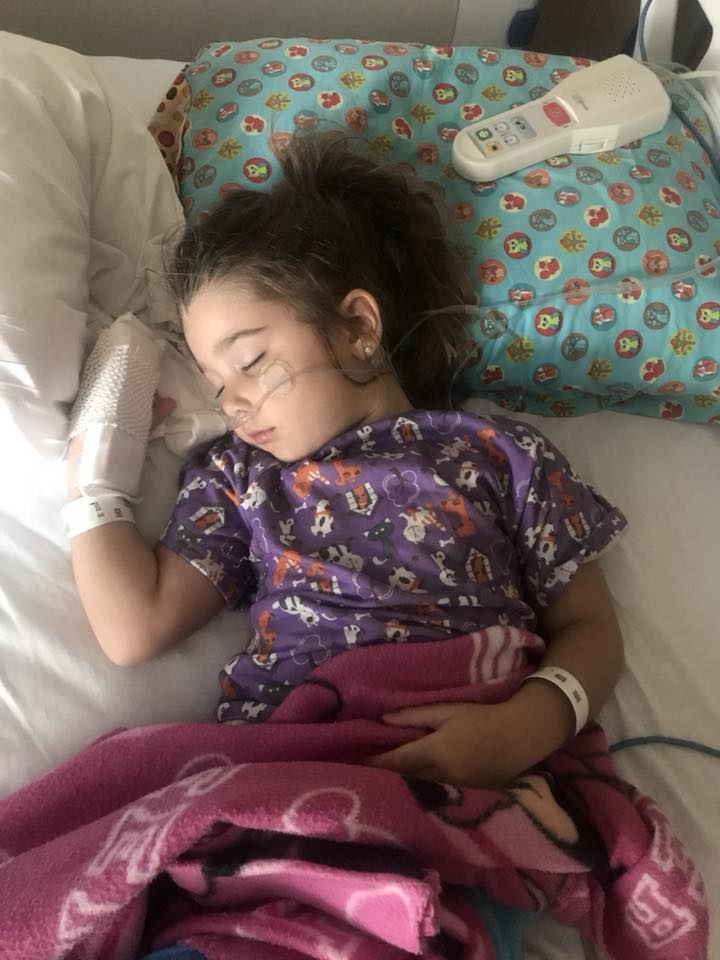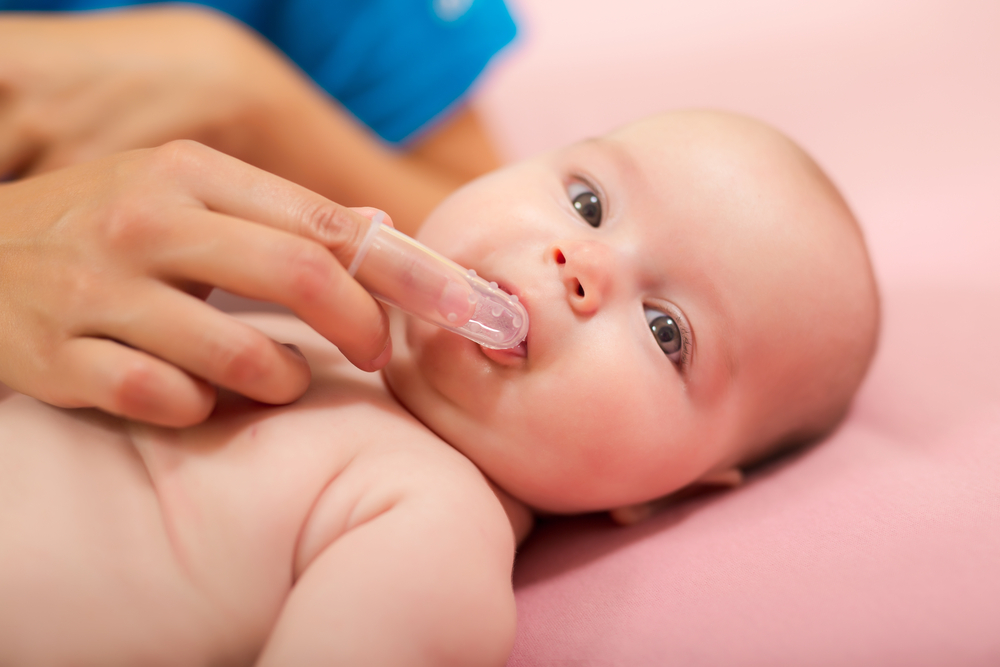Children's Health
Nosebleeds: Causes and treatment

By: Dr. Maha Al-Muhtaseb, Pediatrician
Has your child ever had a sudden nosebleed? was it repeatedly happening?
Epistaxis or nosebleeds are common but rarely life-threatening, and its causes varies depending on the child’s medical case.
Most nosebleeds are self-limiting, benign, spontaneous and can be recurrent.
The rate of nosebleed in the general population is 60% with fewer than 10% seeking medical attention, which is usually needed when it becomes recurrent or severe.
Epistaxis occurs in young children,mostly between 2-10 years, and declines after they’ve hit puberty.
The nose is rich in vascular supply, and nosebleeds can be anterior or posterior in origin: the anterior cartilaginous septum is a network of vessels where 90% of the bleeds occur as the mucosa is thin and anteriorly located, which makes it prone to exposure to dry air and trauma.
Anterior bleeds ooze constantly, could be sudden or occur after physical exercise, while posterior bleeds are profuse and come as bloody vomitus that is difficult to control.
Causes of Epistaxis
-
Trauma
Can result from:
-
Self-induced trauma from repeated nasal picking can cause anterior septal mucosal ulceration and bleeding.
-
Acute facial and nasal trauma lead to epistaxis and the severity depends on the degree of trauma.
-
Nasal surgery and nasal foreign bodies like nasogastric tubes may cause epistaxis so parents should be warned.
-
Dry weather
Low humidity may lead to mucosal irritation leading to fissuring and crusting.
Epistaxis is more prominent in dry climates and cold weather due to the dehumidification of the nasal mucosa by home heating systems.
-
Drugs
Like:
-
Topical nasal drugs as antihistamines and corticosteroids may cause mucosal irritation especially when applied directly to the nasal septum instead of the lateral walls.
-
Non-steroidal anti-inflammatory drugs and aspirin use.
-
Septal deviations disrupt the normal airflow leading to dryness and epistaxis.
-
Inflammation
Bacterial, viral and allergic rhinosinusitis and gastroesophageal reflux in infants cause mucosal inflammation which could lead to minor bleeding and manifest as blood-streaked nasal discharge.
-
Tumours
Benign and malignant tumours can manifest as epistaxis with the nasal obstruction which usually comes out from one side.
-
Blood disorders
Congenital coagulopathy is suspected when there’s a positive family history, easy bruising or prolonged bleeding after minor trauma or surgery, such as haemophilia.
Acquired coagulopathies can be due to thrombocytopenia, liver disease or anticoagulant drugs
Also vascular abnormalities as hemangiomas can cause Epistaxis that is Idiopathic in 10% of patients.
Care and treatment
Prognosis is excellent with proper treatment and supportive care
-
Patient education for prevention.
-
Use saline spray and moisturizing gel
-
Discourage nose pricking.
-
Avoid hard nose blowing or sneezing
-
Avoid hot showers.
-
Use humidifiers in winter.
-
Pay attention to infection and allergy and nasal steroids.
-
Provide simple instructions for self-treatment for minor epistaxis.
Remember, most nosebleeds stop spontaneously in just a few minutes, however, when one occurs, nostrils should be compressed for five to ten minutes and the child must sit upright and tilt head forward to avoid blood trickling back into their throat. Cold compresses can help too.
If the bleeding doesn’t stop, an anterior nasal pack will be inserted by doctors and If epistaxis is recurrent, cautery is an option.













